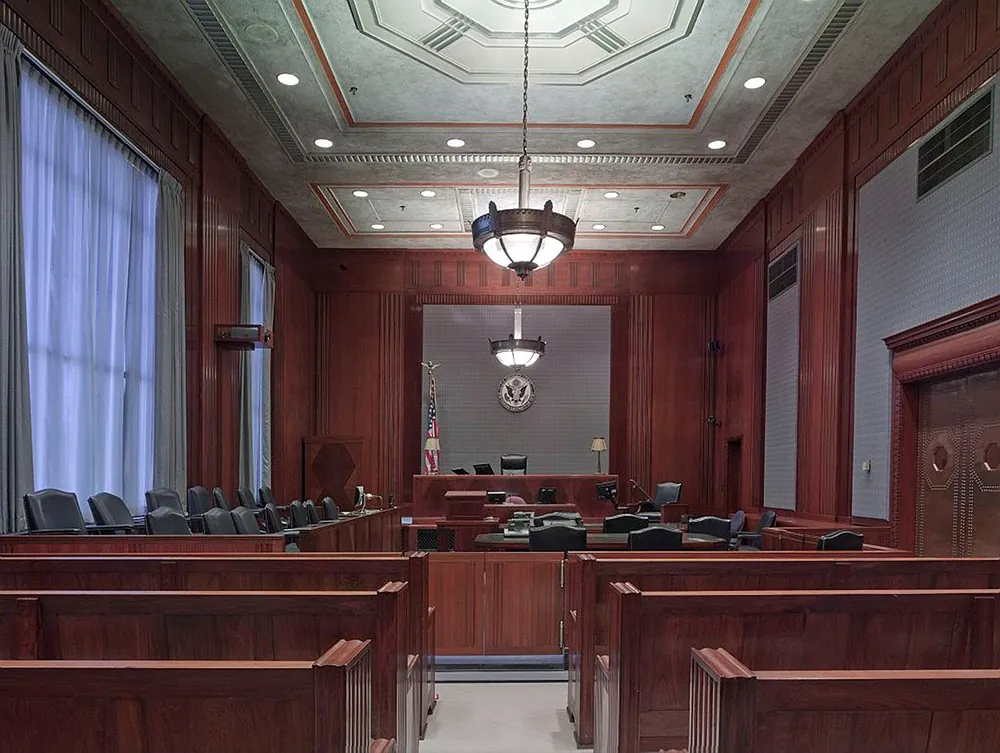22 Torts
OpenStax
Civil suits arise from damages suffered by one or more persons or entities at the hands of another person or entity. The damage can happen in a variety of circumstances, and may be intentional or unintentional. Unlike criminal cases, civil suits seek to provide some form of remedy for the loss suffered by an injured party. Civil suits are decided by judges and juries based on the specific situation, especially when violation of statutes, or laws, is not in question.

Civil suits involve different causes of action, and they are included in one general classification: torts. The word “tort” means “wrong” in French. Thus, torts are wrongs committed against others who suffer some form of damage as a result. While these damages could also be the result of criminal action, the criminal element of the matter is not tried in a civil lawsuit. The standard of proof is lower for civil suits, and a finding of liability in a tort case does not necessarily translate to guilt in a criminal case.
The actor of the wrongs has historically been called a “tortfeasor”. When a wrong is committed by a tortfeasor, damage is done to another. Tort law seeks to address this damage based on the circumstances of the issue, which is based on fault. Civil lawsuits are used by the injured parties to seek redress for the loss associated with the tort. Unlike criminal proceedings, redress is often provided in the form of money as opposed to incarceration. As such, the burden of proof of fault is lower. The offender, or tortfeasor, who commits the act is the accused in a civil suit. The plaintiff, who is the injured party, files the lawsuit on which the civil court will make a decision. The offender ultimately becomes the defendant, who must respond to the accusations of the plaintiff in a civil suit.
During tort litigation, the judge and jury have certain separate functions (Kionka, 2013):
| The Judge Decides Issues of Law | The Jury Decides Questions of Fact |
|---|---|
| The duty of the defendant to the plaintiff, if any | What happened |
| The elements of the defense | Legal consequences of what happened |
| Application of legal rules | The damages suffered by the plaintiff |
Harm
Two types of torts are intentional torts and negligence. Intentional torts occur as the result of a conscious and purposeful act. Negligence occurs when an individual does not exercise duty of care. Torts are acts or omissions that result in injury or harm to an individual in such a way that it leads to a civil wrong that occurs as liability (WEX, n.d.). In tort law, harm can be defined as a loss or disadvantage suffered as a result of the actions or omissions of another (WEX, n.d.). This loss can be physical harm, such as slipping and falling on a wet floor, or personal property harm, such as allowing water to ruin furniture. The damage is the result of what someone else did, or did not do, either intentionally or based on a lack of reasonable care.
There are two basic elements to torts: damages and compensation (Laws, tort.laws.com). Tort law acts to compensate persons who have suffered damages at the hands of another (Baime, 2018). Tort law determines the legal responsibility of the defendant and the value of the harm. Different types of torts look at different types of circumstances.

